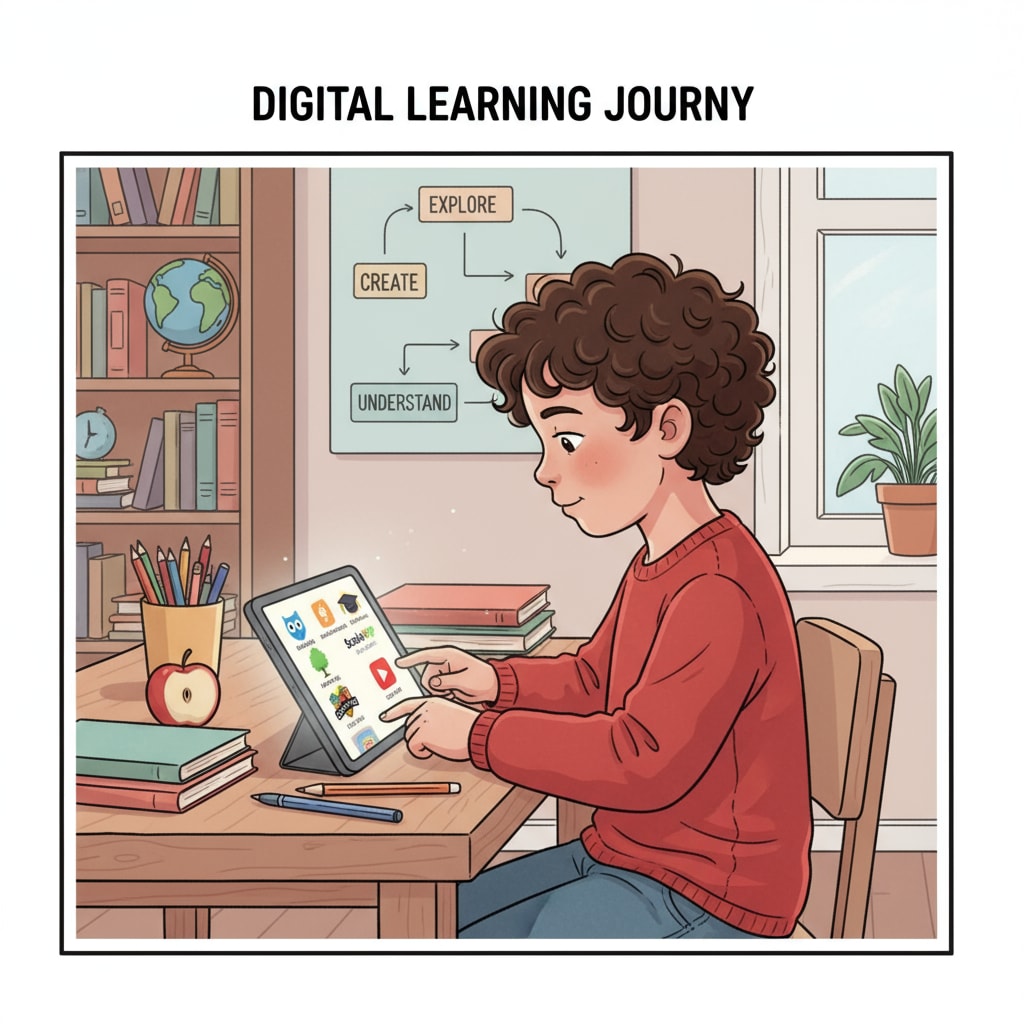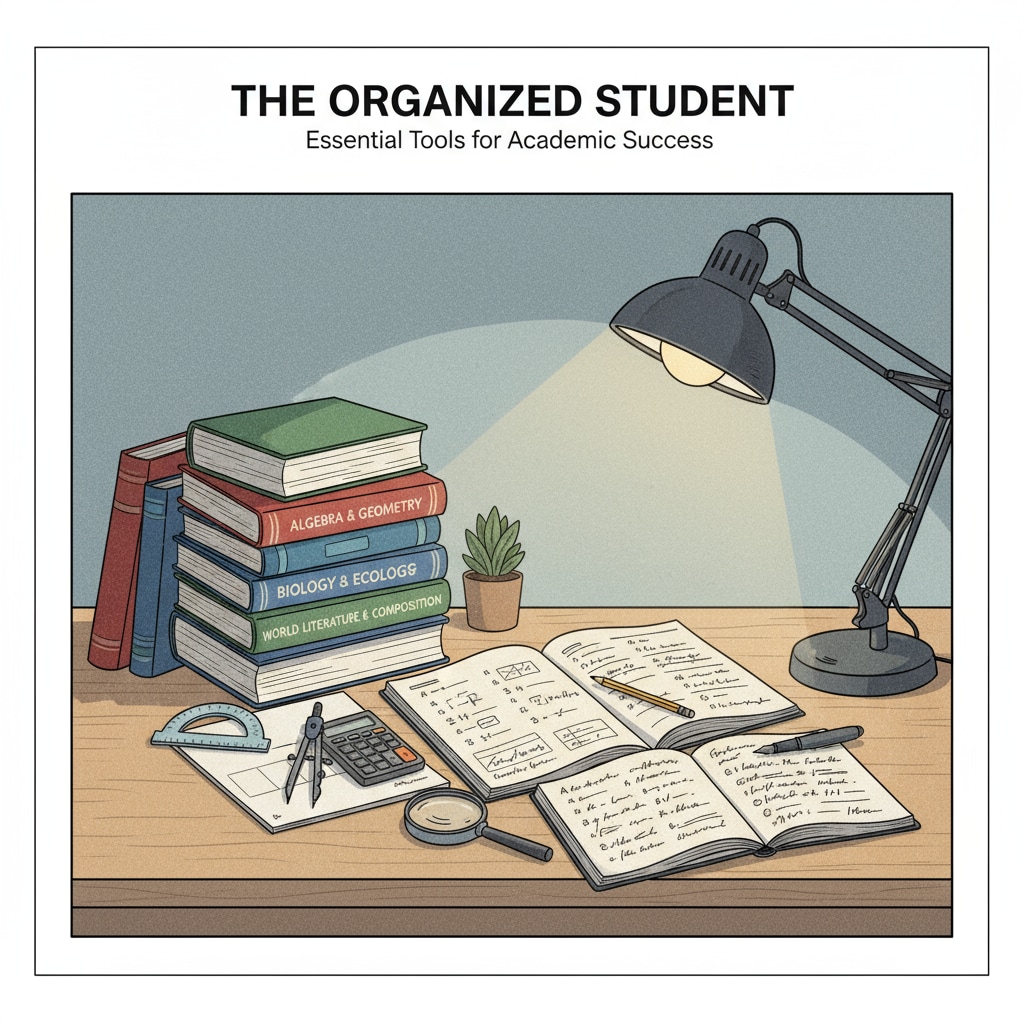In the realm of family education, academic resources are the cornerstone of well-structured educational plans. For parents navigating the K12 phase, having access to the right resources can transform home learning into a rich and rewarding experience. Let’s explore five essential academic resources and how to utilize them effectively.
Digital Learning Platforms: The Gateway to Endless Knowledge
Digital platforms have revolutionized education. Websites like Khan Academy offer a vast array of courses from math to history, catering to different learning levels. These platforms provide interactive lessons, videos, and practice exercises. For example, if your child is struggling with algebra, Khan Academy’s step-by-step tutorials can offer the extra support needed. In addition, platforms such as Duolingo are great for language learning, making it fun and accessible for kids. By incorporating these digital tools into your educational plan, you can expose your child to a global curriculum.

Physical Textbooks and Workbooks: The Traditional yet Reliable Resource
Physical textbooks remain an invaluable resource. They offer in-depth knowledge, detailed explanations, and structured learning. For instance, a science textbook can provide a comprehensive overview of scientific concepts, complete with diagrams and experiments. Workbooks, on the other hand, allow children to practice what they’ve learned. When creating an educational plan, allocate specific times for textbook study and workbook exercises. This hands-on approach helps reinforce learning and is especially useful for subjects like mathematics and language arts.

Community resources are often overlooked but can be a goldmine for family education. Local libraries house a wealth of books, magazines, and sometimes even educational DVDs. Community centers may offer workshops, lectures, or after-school programs. For example, a local library might host a reading club or a science fair. By getting involved in these community activities, you can enhance your child’s learning experience and expose them to different perspectives. Incorporate community events into your educational plan to add a social and practical aspect to learning.
Natural Exploration: Learning Beyond the Classroom
Nature serves as an open-air classroom. Taking your child on hikes, visits to the zoo, or nature walks can foster a love for learning. For example, a nature walk can turn into a science lesson on plants, animals, and ecosystems. These experiences not only teach scientific concepts but also improve observation skills. In your educational plan, schedule regular nature outings. Let your child interact with the natural world, ask questions, and discover answers on their own.
Finally, family culture plays a significant role in education. Share family stories, traditions, and values. This can be in the form of storytelling sessions, family recipes, or cultural celebrations. These activities enhance language skills, build a sense of identity, and pass down important life lessons. Integrate family cultural activities into your educational plan to create a unique and meaningful learning environment at home.
Readability guidance: By incorporating these five academic resources – digital platforms, physical materials, community resources, natural exploration, and family culture – into your family education plan, you can create a well-rounded and effective learning ecosystem for your K12-aged child. Remember, a balanced approach to using these resources is key to success.


